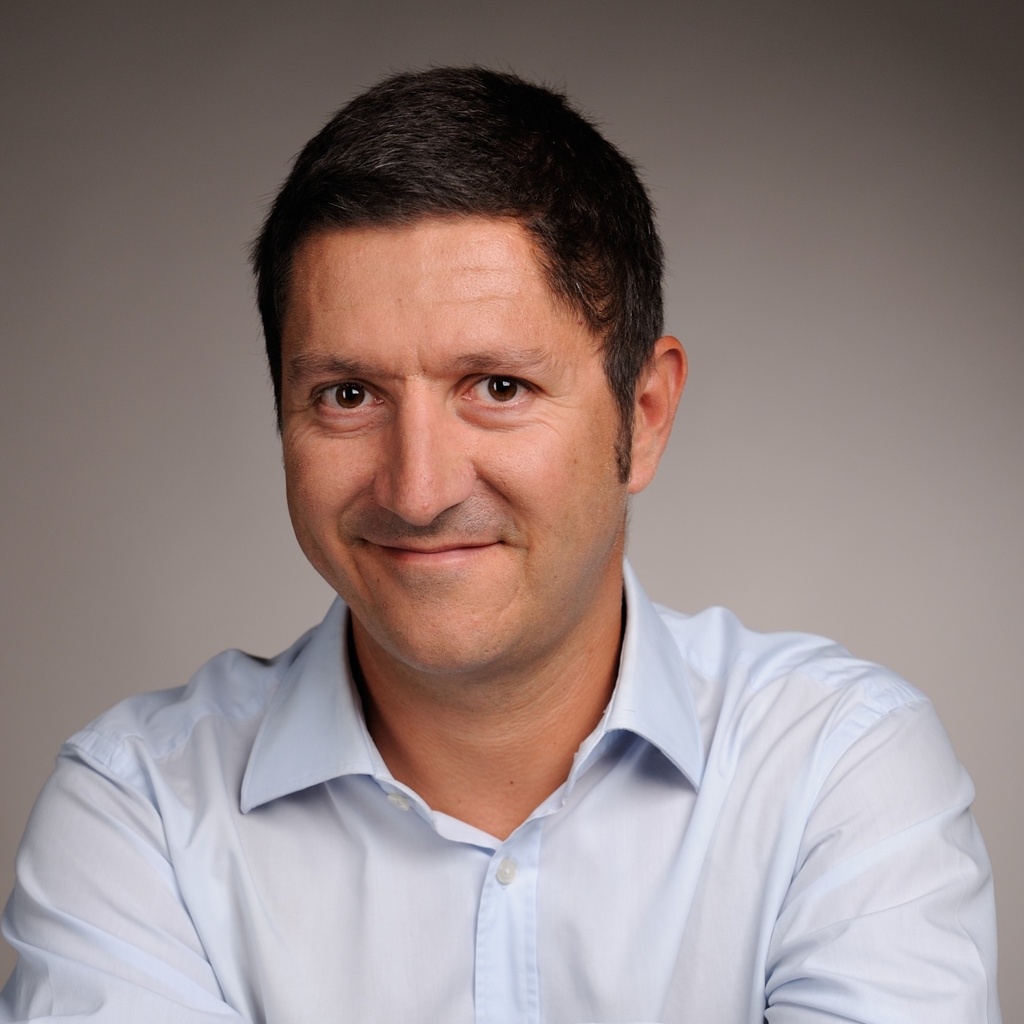
From the inner magnetosphere to the Van Allen's radiation belts
Jean-François Ripoll
In this colloquium, I will discuss the dynamics of the energetic electrons trapped within the Earth’s Van Allen radiation belts through observations and computations of the whole environment in which these particles evolve, starting as wide as the Earth’s inner magnetosphere and narrowing to the finest scales of local measurements from recent satellite missions. The inner magnetosphere dynamics are presented through state-of-the-art 3D global MHD simulations, over large spatiotemporal scales, with realistic magnetosphere/solar wind interactions. We focus on the Kelvin–Helmholtz Instability (KHI) formation at the outer flanks of the Earth’s magnetosphere, which is the source of Ultra-Low Frequency (ULF) waves which can radially diffuse radiation belts particles. In parallel, we show how we conduct dedicated KHI experiments, this time in the laboratory at the National Ignition facility, through nonuniform laser heating in magnetized direct-drive implosion experiments. The objective is to connect between extremely different physical regimes, quantifying the stabilizing effects of the magnetic field, which we achieve through new theoretical developments.
Narrowing the focus to the plasmasphere, we discuss the coupling we observe between the cold electron plasma density and the whistler-mode wave activity. While certain whistler-mode waves such as chorus waves or lightning-generated waves, are not really sensitive to the evolution of the ambient cold electron plasma density, others have their properties strongly coupled with the plasma density. I will show how whistler-mode hiss wave power is found to adapt to the radial profile of the dynamically changing plasmasphere, demonstrating the fundamental physical coupling between wave properties and plasma density. This has significant implications for the way that whistler-mode wave statistics are made and used for radiation belt modeling. The density-wave correlation impacts the waveparticle interactions and the scattering they produce. Recent results using JAXA Arase data will be put forward.
Within the radiation belts, we focus on the structure of the radiation belts for various events. We exhibit their main characteristics based on both the numerical results and global observations from the NASA Van Allen Probes. Observations are compared with event-driven Fokker-Planck simulations of pitch angle diffusion that fully accounts for the ambient properties, with a high temporal and spatial resolution from satellite data-driven wave and plasma properties. We show how fast the slot region forms gradually between the two radiation belts during long and quiet storm recovery, contributing to depopulate the close-Earth magnetosphere of a large amount of the electrons injected by the storm. Substorm activity and plasma plumes also modify the ambient environment and change wave-particle interactions, affecting significantly the scattering rates, through the complex variations of density and wave amplitudes. In plasma plumes, the dynamics are found to be far from the commonly assumed equilibrium. These results have an implication in our understanding of the role of whistler-mode waves, their coupling with the ambient cold electron density, and, more generally, in radiation belt modeling and space weather forecasting.